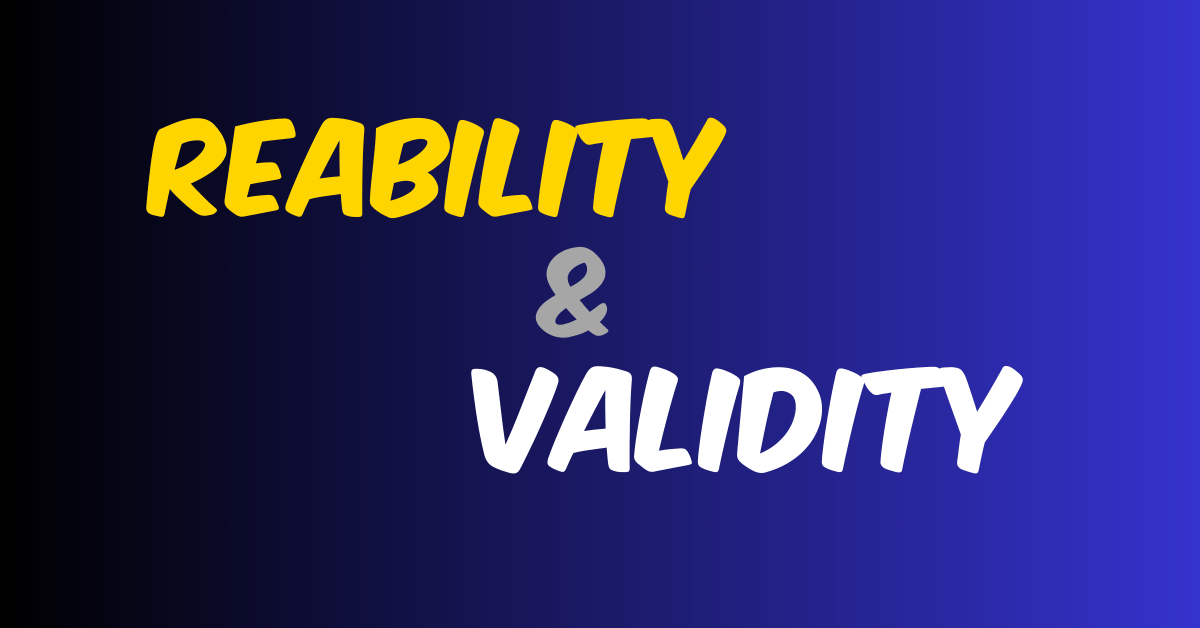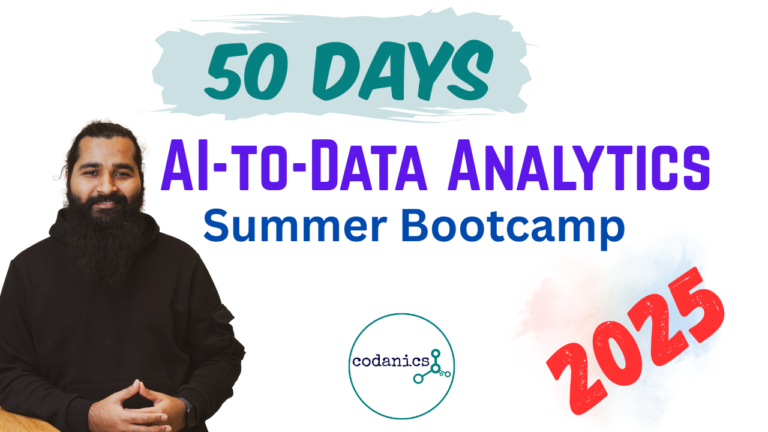Reliability and Validity: The Pillars of Sound Research in Data Science 📊👩🔬
Welcome to the fascinating world of data science, where two superheroes, Reliability and Validity, play a crucial role. Whether you’re a budding data scientist, a seasoned researcher, or just a curious learner, understanding these concepts is key to conducting meaningful and trustworthy research. Let’s dive in!
The Dynamic Duo of Research: Reliability & Validity 🦸♂️🦸♀️
In the realm of research, everything revolves around how well we can trust our data and findings. This is where Reliability and Validity come into the picture.
What is Reliability? 🔄
Reliability refers to the consistency of a measure. A reliable tool or method yields the same results under consistent conditions.
- Example: Think of a bathroom scale. If you step on it five times in a row, a reliable scale will show the same weight each time.
What is Validity? 🎯
Validity, on the other hand, refers to the accuracy of a measure. A valid measure accurately reflects the concept it’s intended to measure.
- Example: If that same bathroom scale shows your correct weight, then it’s not just reliable; it’s also valid.
Why are Reliability and Validity Crucial in Data Science? 🤔💡
- Trustworthy Data: They ensure the data collected is accurate and consistent, which is the bedrock of good data science.
- Sound Decisions: Reliable and valid data lead to better, more informed decisions.
- Ethical Research: They uphold the integrity and ethical standards of research.
- Effective Solutions: In fields like healthcare, finance, or environmental science, the reliability and validity of data can have real-world impacts.
Assessing Reliability and Validity 📋🔍
Methods to Assess Reliability:
- Test-Retest Reliability: Measuring the same individuals at two different times.
- Inter-Rater Reliability: How consistently different observers measure the same phenomenon.
- Internal Consistency: Whether different parts of a measure yield consistent results.
Methods to Assess Validity:
- Content Validity: Does the measure cover the full range of the concept’s meaning?
- Criterion Validity: Do the results correspond with a different, related measure?
- Construct Validity: Does the measure relate to other measures as expected theoretically?
Challenges in Ensuring Reliability and Validity 🚧🤯
- Balancing Act: Sometimes enhancing reliability can compromise some aspects of validity, and vice versa.
- Context Matters: What’s reliable and valid in one context may not be in another.
- Evolving Standards: As fields advance, what constitutes reliability and validity can change.
Conclusion: The Heartbeat of Trustworthy Research ❤️🔬
In the world of data science, reliability and validity are not just statistical concepts; they’re the heartbeat of all trustworthy research. They are essential for building a strong foundation of data integrity and accuracy. By prioritizing these concepts, data scientists and researchers can ensure that their work not only stands up to scrutiny but also makes a meaningful impact in the real world.

Why Learning Bioinformatics is Essential for the Future of Science and Healthcare


NLP Mastery Guide: From Zero to Hero with HuggingFace | Codanics

Scikit-Learn Mastery Guide: Complete Machine Learning in Python









very informative
nice
Reliability means the claim is true for the data and validity means the accuracy measure of that data. These two sounds make decisions trustworthy.
Done
AOA, After reading the blog, I found it to be a concise and informative explanation of these crucial concepts in data science research. This blog effectively highlights the importance of reliability and validity in ensuring accurate and trustworthy data. It also provides clear definitions and examples of both concepts, as well as methods to assess them. This blog serves as a valuable resource for anyone looking to deepen their understanding of reliability and validity in statistical analysis. ALLAH PAK ap ko dono jahan ki bhalian aata kry AAMEEN.
After taking your lecture and reading this blog i can shortly explain these two terms that Reliability k under jb hm ksi chez ko bar bar measure karen to tb bh same result mily and Validity men hm us tool ya method ki accuracy ko dekhty hen k wo method hamen kitna accurate result deta hy